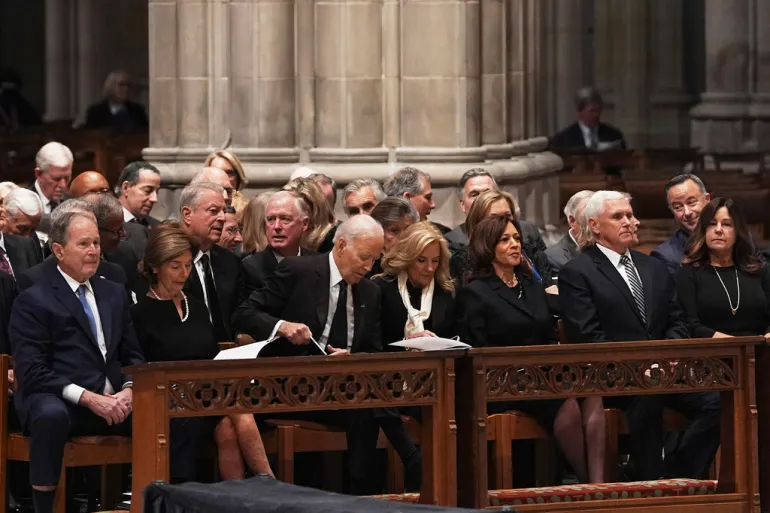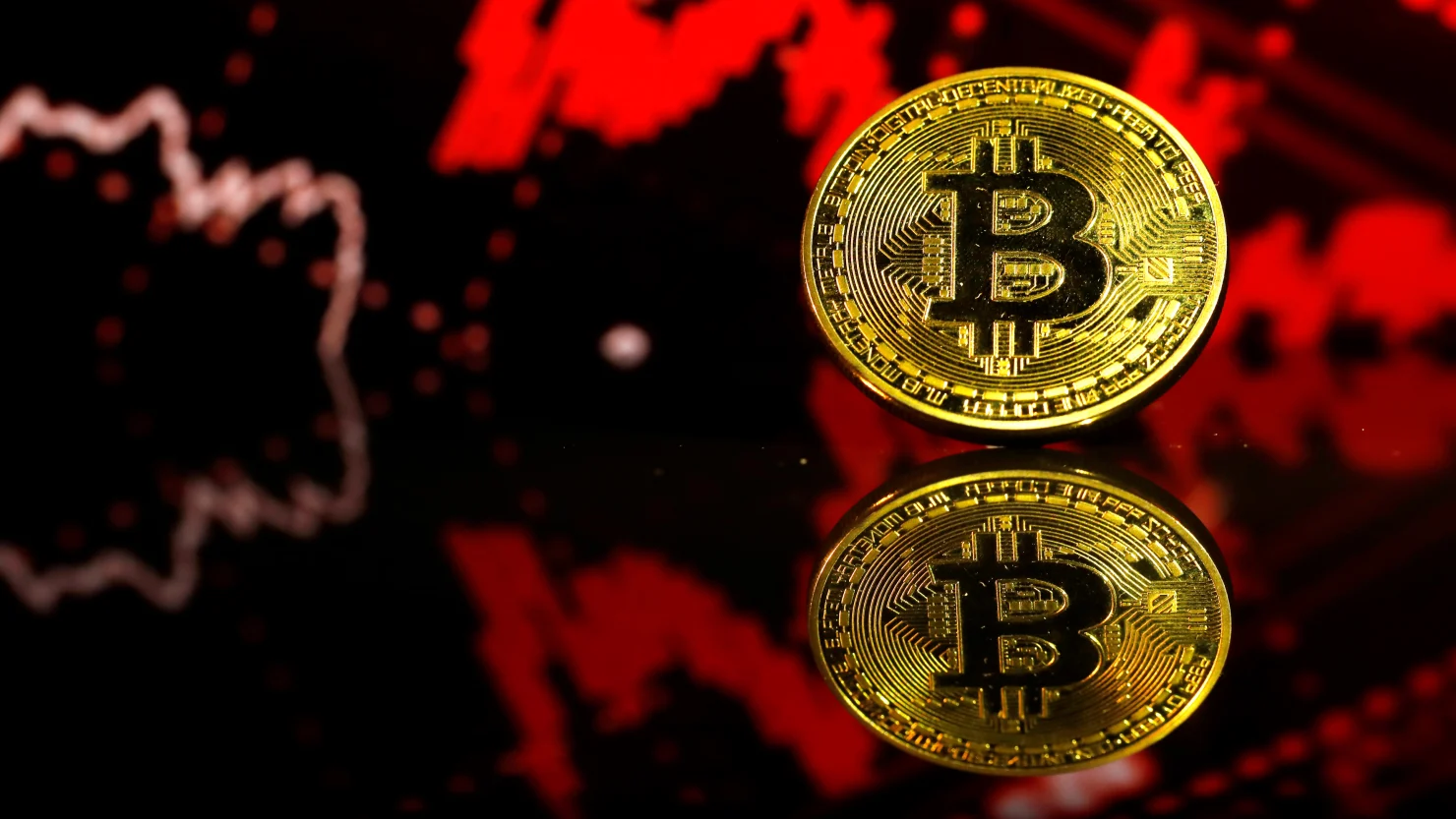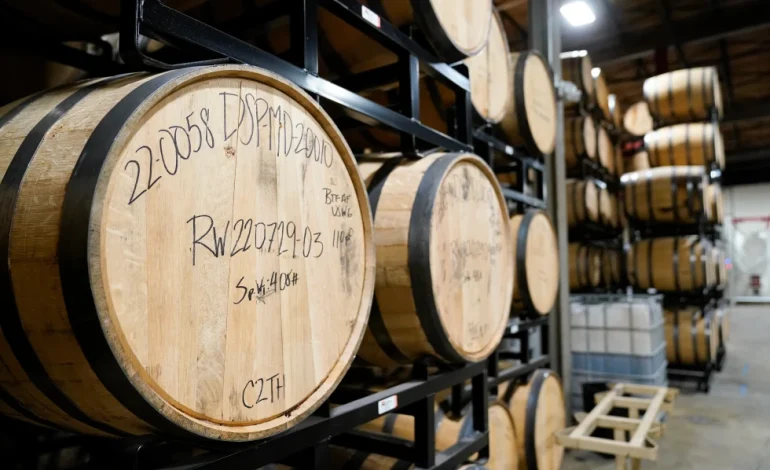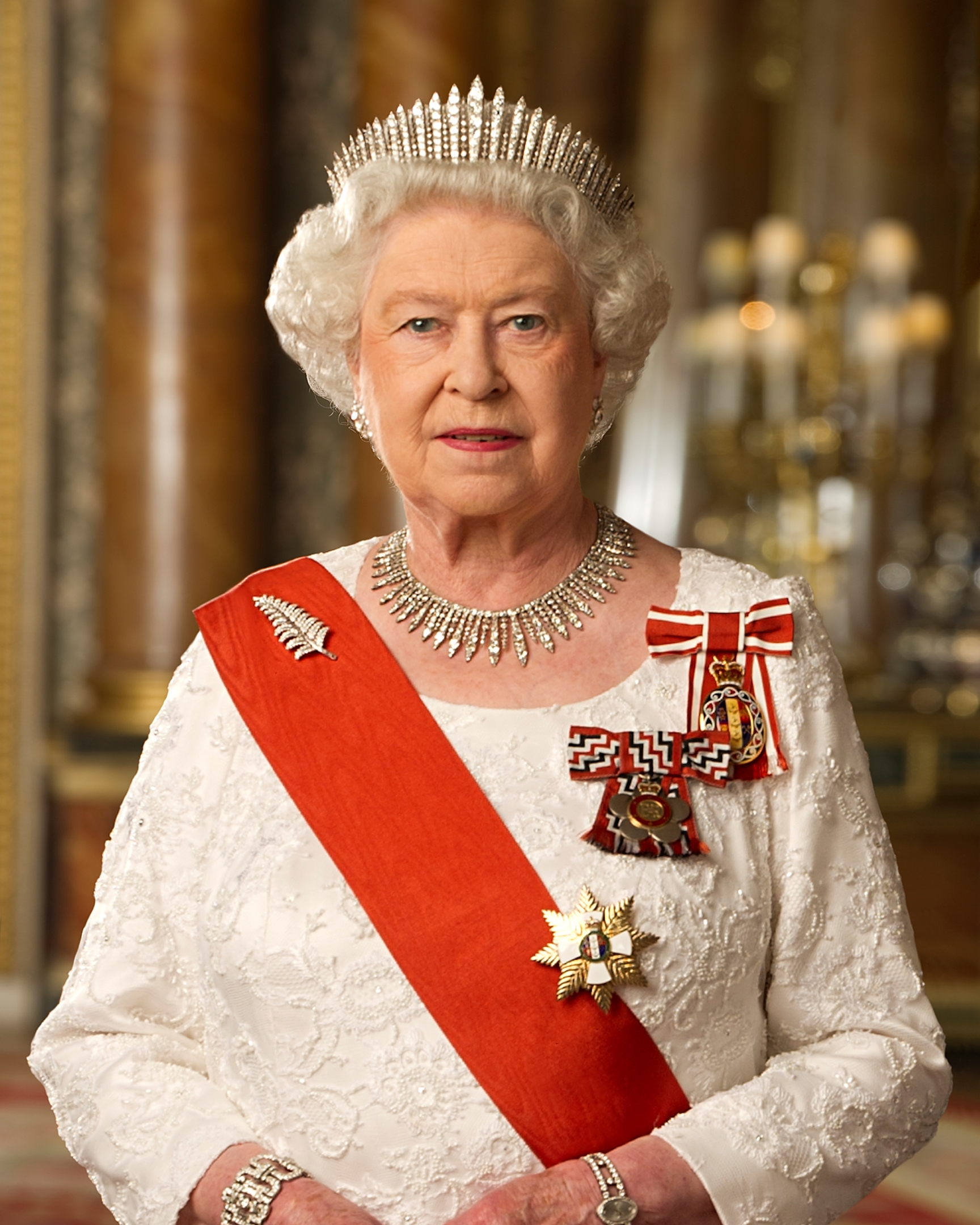American spirits makers just got iced out by their northern neighbor — and it’s expensive. Exports to Canada plunged 85% in the April–June quarter, sinking below $10 million and leading a broader decline across key markets, according to a new report from the Distilled Spirits Council of the United States (DISCUS). Overall, US spirits exports fell 9% year over year in Q2, a sharp reversal after a banner 2024. (For what it’s worth, Q1 2025 was still up a hair — +1%.)
And here’s the kicker: Canada has already lifted its retaliatory tariff on American spirits. The chill remains because most provinces are still keeping US bottles off shelves.
“Even though things have eased up, we still are not back on the shelf in Canada,” said Kentucky craft distiller Tom Bard. “Probably won’t be for a good long while.”
Think of it as a policy thaw with a retail refreeze. Ottawa dropped its retaliatory tariff weeks ago, but provincial bans continue to block American whiskey, vodka, and more from liquor boards. That leaves producers stuck in the world’s second-largest whiskey market without an aisle to stand in.
For small outfits, the timing hurts. Bard’s western Kentucky operation — The Bard Distillery — had products in British Columbia and Alberta and was lining up more provinces. The plan: ship 1,000+ cases this year and make Canada 15–20% of 2025 sales. Then the backlash hit, tied up with broader US–Canada trade tensions and political barbs. Those ambitions evaporated, and Bard says he’s left two production jobs unfilled.
“I’d say it’ll be next year, and we’ll have to physically go up there and spend a lot of time trying to get back on the shelf,” Bard said.
The second quarter turned sour in other big markets too:
- European Union: –12% (to $290.3M)
- United Kingdom: –29% (to $26.9M)
- Japan: –23% (to $21.4M)
There were bright spots — Mexico, Australia, Brazil, Singapore, and South Korea all bought more — but not enough to offset the slump.
Pain spread across categories as well:
- American whiskey: –13%
- Vodka: –14%
- Cordials: –15%
- Brandy: –12%
Spirits have become a high-profile target whenever trade fights flare. In Trump’s first term, US tariffs on European steel and aluminum triggered EU retaliation that hammered American whiskey — >$100 million lost from 2018–2021, per DISCUS. When those tariffs were suspended, sales rebounded. Now, fresh tensions in the president’s second term have reopened old wounds — and this time Canada is the standout retaliator in the mix.
The politics don’t help. The White House argues tariffs bring back factory jobs; trading partners push back. Meanwhile, brands worry about something harder to quantify: consumer sentiment.
“There’s a growing concern that our international consumers are increasingly opting for domestically produced spirits or imports from countries other than the US,” said Chris Swonger, DISCUS CEO.
Other US consumer companies have sounded the same alarm about rising anti-Americanism, especially in Northern Europe and Canada.
Two big forces are colliding:
- Domestic slowdown + record stockpiles. Whiskey makers — bourbon, Tennessee, rye — face slower sales at home even as warehouses are full. Export lanes matter more than ever.
- Whiplash risk. Distillers fear re-investing in market access only to face the next round of tariffs or political blowback.
“Until these trade issues are fully resolved… they could once again face retaliatory tariffs,” Swonger said.
The group is pushing for zero-for-zero tariffs with key partners to give producers some certainty.
Large players can ride out squalls; many craft distillers can’t. Brown-Forman (Jack Daniel’s, Woodford Reserve) reported a 3% drop in fiscal Q1 net sales, with double-digit declines in Germany and the UK and ~60% in Canada. The giants have cash, distribution, and lawyers. The mom-and-pop bourbon house trying to expand into Alberta? Not so much.
Spirits left the US from 43 states last year. Tennessee and Kentucky top the charts, followed by Texas, Florida, and Indiana — a reminder that this isn’t just a niche Kentucky story; it’s a national business with local payrolls.
Even if provincial bans lift tomorrow, shelf space doesn’t magically reappear. Listings must be won back, distributors re-engaged, marketing calendars rebuilt. That’s money and time — especially for a craft distiller who has to “start from square one.”
The tariff fog may be lifting in places, but for American distillers, Canada’s cold shoulder still stings — and the hangover won’t fade overnight. Until the rules are predictable and the shelves are open, many producers will keep their powder (and their case stacks) dry.










The latest news in your social feeds
Subscribe to our social media platforms to stay tuned